 |
 |
|||
Basic Veterinary Science |
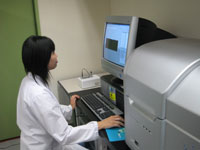 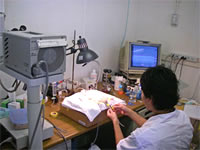 |
Students in this field are trained to become outstanding researchers who will contribute to the advancement of veterinary sciences. Students learn morphology and functions in vertebrates, particularly mammals and birds, and master the fundamentals of pathogenetic, applied, and clinical veterinary sciences. They examine life-science mechanisms from the viewpoint of comparative biology and gain solid experience with many animal species. |
Pathogenetic Veterinary Science |
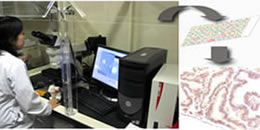 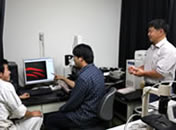 |
| This field integrates fundamentals of anatomy and physiology with knowledge of applied and clinical veterinary sciences to study structures and functions in health and disease. Goals in this field include elucidation of disease mechanisms and prevention of disease. Accordingly, education and Research in this field is divided into two areas, pharmacology and pathology. |
Applied Veterinary Science |
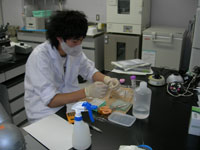 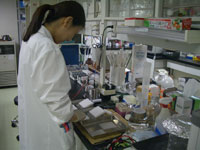 |
This field strives to understand the relationships among organisms, etiologies, and the environment, which determine the outbreak of diseases. It includes comprehensive study and analysis at the molecular, individual, and population levels. Students apply this knowledge to research important for animal health and welfare, food safety, productivity by prevention of communicable diseases, control of zoonoses, and preservation of the environment. |
Clinical Veterinary Science |
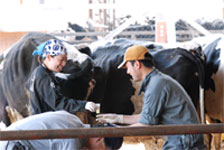 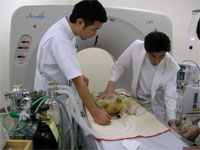 |
This field aims to elucidate etiologies, mechanisms, and pathophysiology of disease. Knowledge of basic, pathogenetic, and applied veterinary sciences is used to develop cutting-edge techniques for diagnosis, therapy, and prophylaxis of diseases in aquatic, farm, companion, and laboratory animals. Students partake in training and investigations into topics such as metabolic and reproductive diseases in farm animals and developmental biotechnologies including embryo transfer. |